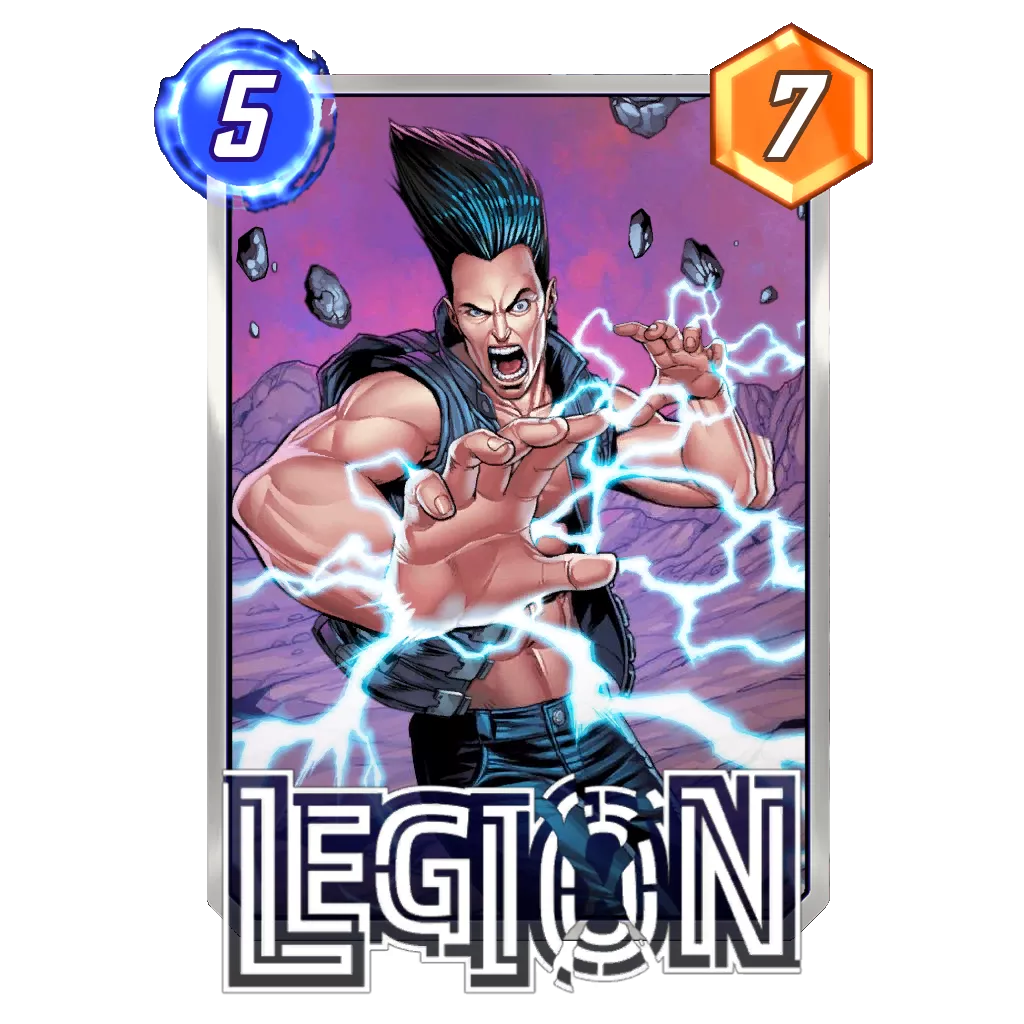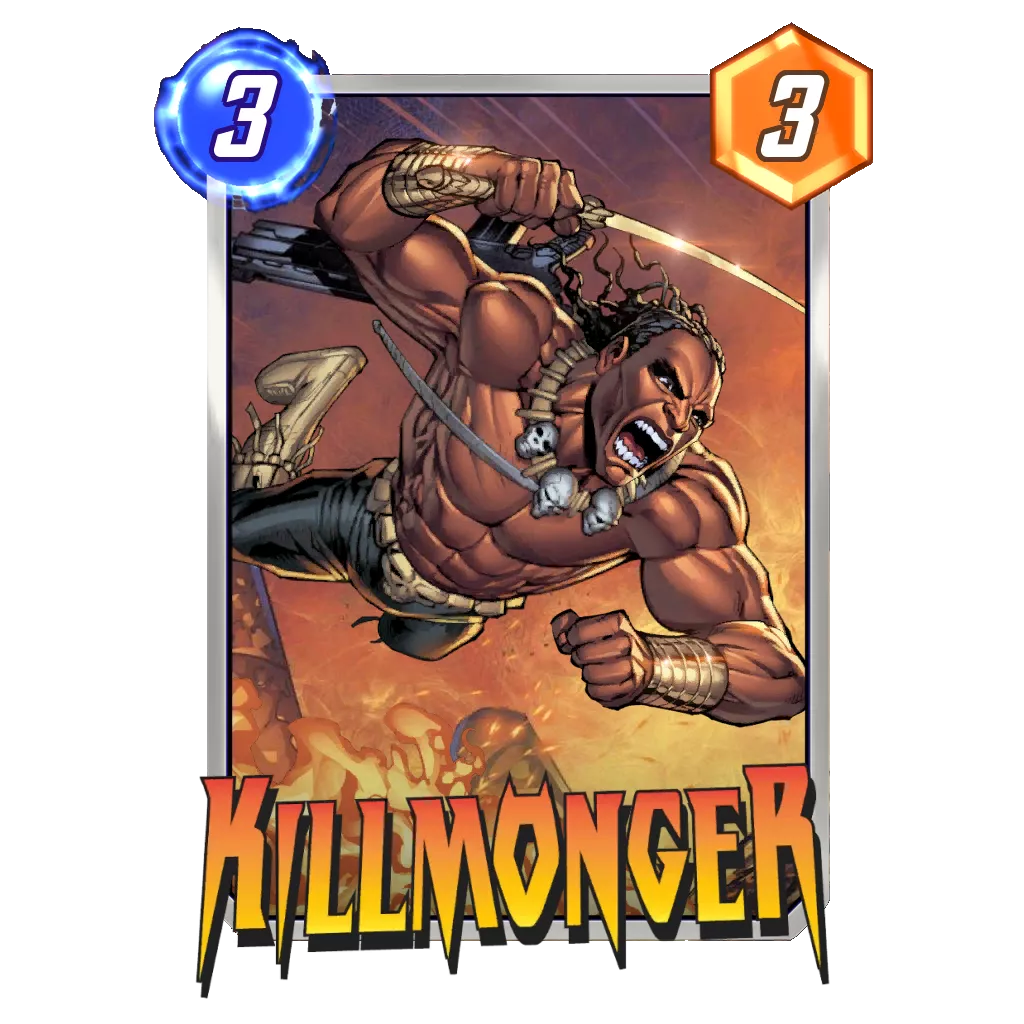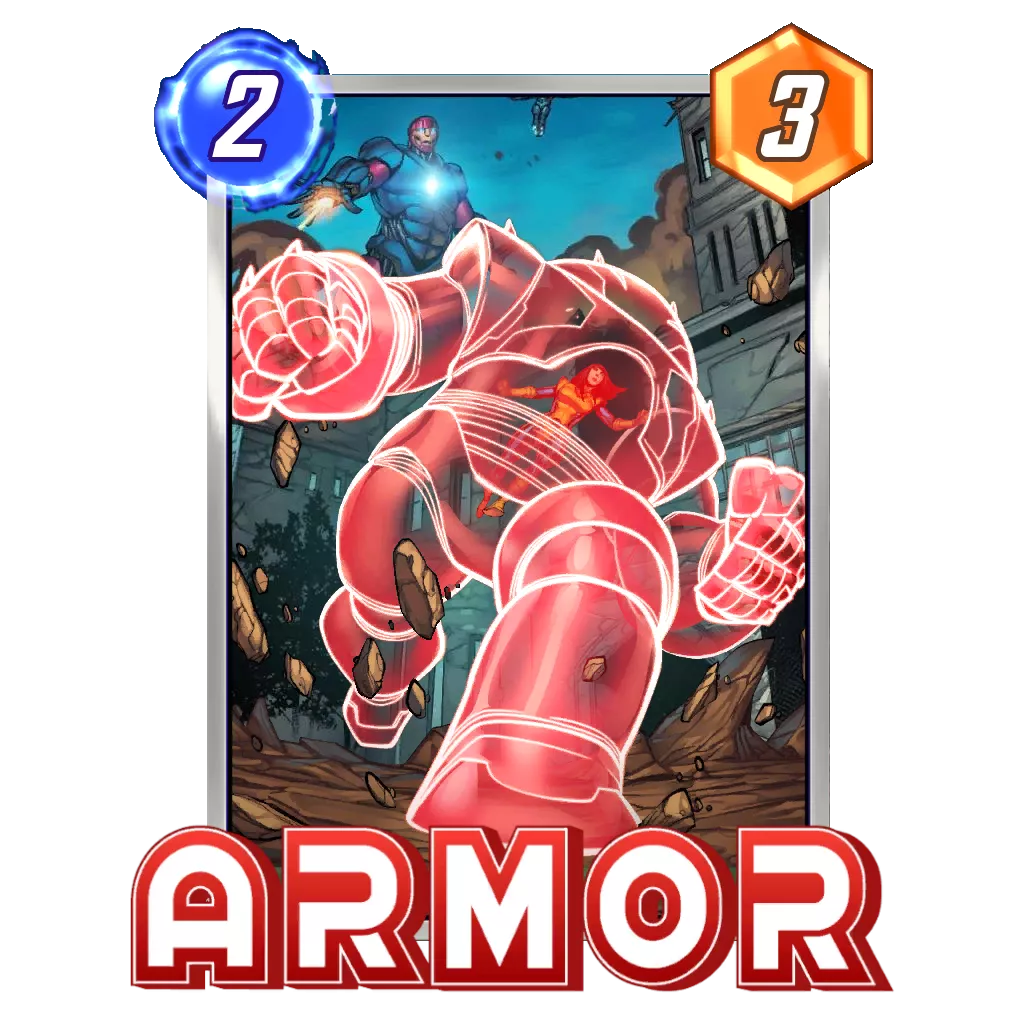Table of Contents
Second Dinner does not give us access to their data, so we might never know the true story. We also do not know what filters Glenn is looking at when discussing a deck with the community. Still, after more than a year of analyzing the most popular decks every week, I think I’ve seen my fair share of dominant decks. This is why I think a discussion around the current group of elite decks could be a good thing, as the current metagame feels different compared to what we have known throughout the last year. Yes, I’m including the beta days; the structure of the metagame has been similar to how it was in those times, as well as after the global release back in October 2022.
That structure was basically an established, strong deck that was clearly the best overall pick. We’re talking about [4/4] Mister Negative dominating in September 2022, Silver Surfer in December 2022 and Zabu in January 2023, and also Thanos Lockjaw, Shuri Zero, High Evolutionary, Bounce… All these decks have one big thing in common: they got nerfed by the developers. It seemed like the only way to get them back in line with the other decks.
In the Context of the Current Meta
I already mentioned this in the last Tier List report, but we have an elite group of decks going around right now that dominate the current metagame, but there is always a stronger deck. However, something that feels much different in the current environment compared to the previous ones is the need for nerfs. Right now, we have Move Legion, Silver Surfer, and Good Cards Stature representing a trio of very flexible decks.
These three decks are gatekeeping a lot of strategies that simply can’t function considering their immediate counter is pretty simple to run in those decks. Cards like Shang-Chi, Enchantress, Spider-Ham, Killmonger, Shadow King, and Cosmo, to name a few, are so easy to slot into any one of that dominant trio. Whenever another deck starts to make some noise, you can expect to see the tech cards changing and the rising deck stopped in its tracks.
Two decks have managed to work their way to the top among the proactive strategies. InSheNaut and Shuri Sauron both represent the more points driven decks, but they also pack important disruptive cards for the current metagame. First, both decks are using Armor, a key card in a game where Destroy has been the most popular synergy for a bit of time now. Then, even if both decks are based on their points potential, we can also see Leech and Enchantress slotted into them to gain considerable leverage in some match ups.







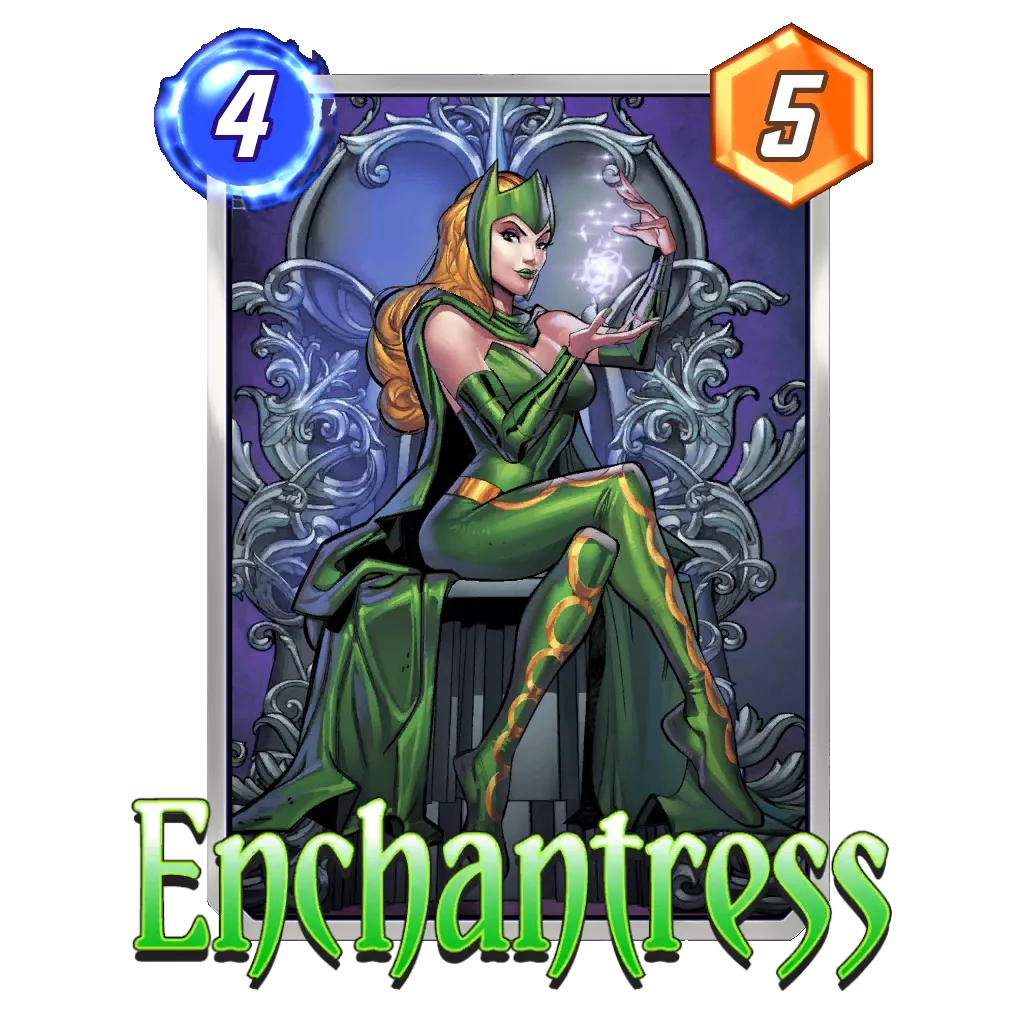










So, why is the title of this article about power creep when the intro has been about how good disruptive cards are in Marvel Snap? Well, it’s because the power creep happened to those disruptive cards, which is precisely the reason why these tools are incredible right now. They’ve become staples in many archetypes and, as a result, define the current metagame. Those cards are giving the best decks the ability to adapt to take on almost any opponent looking to challenge their spot… Which might sound like a bad thing, sort of reminiscent of the past where only the nerf hammer could solve a stale situation.
I would argue that we might be in a new era for Marvel Snap where the best decks don’t have to be nerfed because their real power lies in the flexible cards. As such, we have a super dynamic environment where archetypes are constantly changing adapting to match the rising decks – while staying true to their core synergy in the process. It is easy to get lost in this different approach, and most players don’t like that need to keep up with the latest lists in order to stay atop their future opponents. However, this is the price to pay for not seeing specific synergies rise and crush all the other decks just because their points potential and flexibility is much better.
It feels weird to answer the main question in the intro already, but most people with some card game experience know that power creep is a fact of life in this industry. So, instead of fighting against it, maybe Second Dinner has found a way to use it for the best.
Tech Cards Have Never Been This Powerful
At almost all times in Marvel Snap, there has been a deck with a very powerful synergy that focuses on pushing its own agenda. Sure, the deck could slot in a few flexible cards depending on the popular opponents or the mirror match. However, those decks rarely, if ever, relied on countering the opponent’s game plan as their primary path to victory.
Although Move Legion and InSheNaut are starting to push in that direction, we are pretty far from the days of Thanos Lockjaw, Bounce, or Shuri Zero imposing their will based on a stupidly high points potential.
If we removed Armor, Cosmo, and Leech from InSheNaut, I’m pretty sure the deck would be a Tier 2 build at best, as these cards help the deck shut down many of its foes. The same observation goes for Move Legion. It manages to win a significant number of its games on the back of moving the opponent’s cards or Legion stopping the game in its tracks.
This doesn’t mean the current decks are worse than their ancestors; I would actually argue they are even better since they are not forced to rely on points. Sure, this leads to fewer complete blowouts where you can Snap on Turn 1 based on your opening hand. But it also leads to headaches for your opponent, as your strategy is much more complex compared to the previous dominant decks.
In my opinion, the reason for this is the power that counter cards have – and I mean the Power written on the card, as well as the power to completely demolish a game plan on their own. The second part is due to new cards releasing, which strengthens the power of each synergy over time. This is not necessarily power creep (i.e. the new cards are stronger), it’s just more choice that leads to better decks once the community finds the perfect twelve cards for a deck. As decks get increasingly more synergistic, they also become more fragile when that synergy is tampered with. The first part, on the other hand, the numbers written on the cards, did get better thanks to the OTA balance updates.
Shadow King, Enchantress, Spider-Man, Gambit, and Negasonic Teenage Warhead are just a few of the disruptive cards that have received number buffs in the past, and there have been very few nerfs to the same kind of cards. On the other hand, proactive cards have suffered numerous blows with Shuri, Zabu, Silver Surfer, Angela, Bishop, Beast, Kitty Pryde, Red Skull, Doctor Doom, and Lockjaw among the most notable ones.
Logically, when comparing the list of cards getting help to the ones getting chopped, the gap in between the reactive cards and the proactive/good cards has reduced over time.
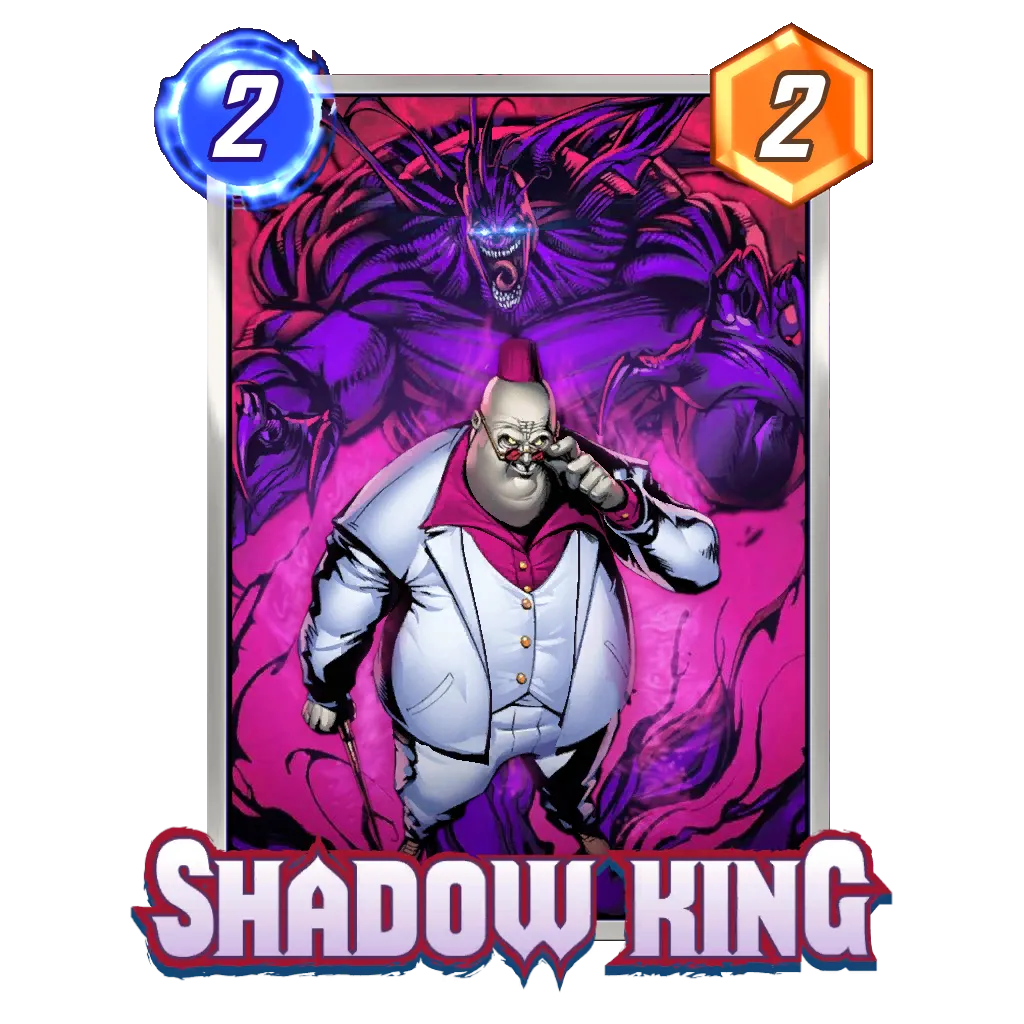














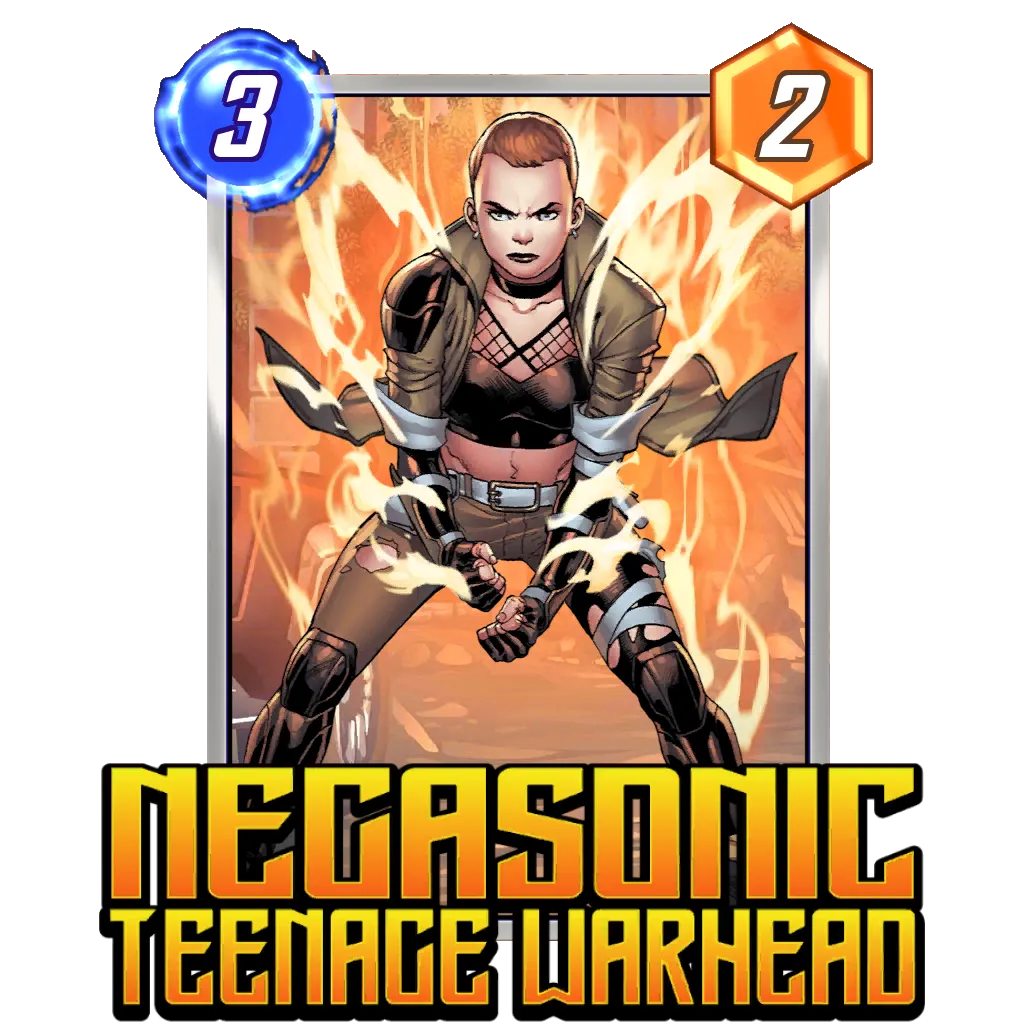















In the current environment, almost every tech card is fairly priced for its power (apart from Shang-Chi). They usually only lose one power for their abilities. In the past, a price of two power was closer to the norm for a card that could disrupt an entire deck’s synergy. Paired with the reduction of the points potential of the best decks (or at least the ones that can’t be countered easily by an Enchantress or a Cosmo), I can confidently say “Big in Japan” is the season of disruption.
Disrupting High Potential Decks Has Never Been so Simple
When you look at Bounce, Lockjaw, Zabu, or even Silver Surfer, you can pinpoint some very important turns your opponent will very likely go for, and sometimes even the locations they will play their cards on during those turns. One of the biggest strengths of a dominant deck, though, is to be unpredictable enough to avoid getting countered.
Indeed, Marvel Snap has enough counter cards now that pretty much any straight forward strategy can be easily countered with a bit of targeted deck building. Archetypes like Hela Tribunal, Mister Negative, Destroy, and Dracula Discard seem to have a glass ceiling they cannot break because certain cards are playing gatekeepers. Tools like Cosmo, Armor, Spider-Ham, even something as simple as Polaris moving an Invisible Woman, can turn those deck’s best opening hands into a multi-cube disaster.
Even the proactive archetypes that are currently doing well, such as Shuri Sauron, see their performance dip if you look at their Conquest numbers compared to Ladder. In a mode where information plays a much bigger role and you have to find a way to overcome a bad match up to keep your run alive, the less flexible decks are immediately doing worse compared to the more open environment of the ranked mode.
With this in mind, players who enjoy highly synergistic builds need to navigate the metagame perfectly, constantly finding decks that won’t fall prey to one of the popular tech cards. But, as flexible builds are gaining ground week after week thus convincing a large part of the community they are the best way to rack up cubes, finding the right deck to slip through the net is getting increasingly more difficult as time passes.
At the time I am writing, here are some tech cards you have to keep in mind when building your deck:
- Shang-Chi → Basically in every deck at this point. The card is the default inclusion whenever you know how to fill that last spot in a deck.
- Enchantress → Very popular in Good Cards Stature, Shuri Sauron, and Sera Control.
- Rogue → Popular in Silver Surfer, High Evolutionary, and Mister Negative decks.
- Cosmo → A common inclusion in Silver Surfer and InSheNaut, and it’s part of the rotation for a few other decks.
- Armor → Included in most decks with important 1-Cost cards like InSheNaut, Lockdown, Thanos Zoo / Control, and Shuri Sauron (for Shang-Chi). Plus, it can be an easy addition to many decks that are simply looking to beat Destroy.
- Killmonger → A staple for many decks, like the obvious Destroy archetype, but also Silver Surfer and Sera Control.
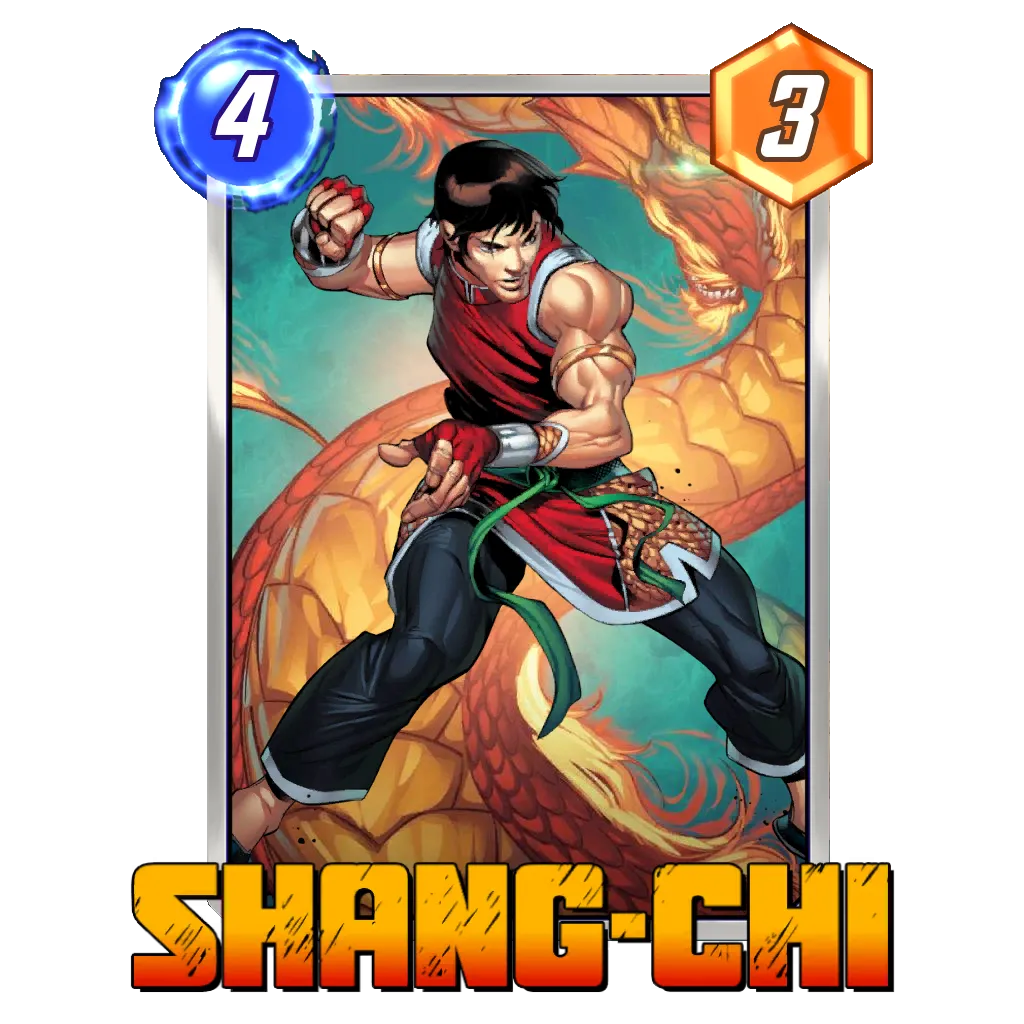











This is already a solid list, but I could also add Leech, Shadow King, Goose, Spider-Ham, Luke Cage, and a few other cards that aren’t seeing much play but can still dismantle a deck almost on their own if played in the right scenario.
Moreover, if you take a look at most of these cards, you will notice something we discussed already: most of them have very reasonable stats for their cost, with the exception of Leech, Rogue, and Shang-Chi. This means that, in the event of the match up not being suited for one of those cards, you can still play it for points on a lane and get away with minimal punishment. When you think about how the same card could win you another match up by its sole presence in your deck, the balance doesn’t seem fair. However, this balance was much worse in the past when the game was ruled by the proactive decks.
If you add to this the fact that most flexible, proactive archetypes were nerfed (because countering them reliably was too difficult), you quickly come to the conclusion I shared in the subtitle of this section: disrupting high potential decks is pretty simple.
Proactive and Reactive Cards Meet in Several Synergies
While I focused on cards that were almost entirely played to cancel the opponent’s plans, “Big in Japan” is seeing a new deck, Move Legion, dominate, and it isn’t playing many tech cards. In reality, only Shang-Chi really fits the bill as a pure counter card to something the opponent could do. Still, this deck remains just as disruptive as any other build thanks to proactive cards with the ability to wreck the opponent’s game plan. Polaris, Aero, Spider-Man, and Legion have great power for their cost, and their abilities can be just as strong as Cosmo‘s or Enchantress‘s. Except these cards don’t have the need for their abilities to impact the opponent for them to feel great; contrary to counter cards, these also benefit your deck.
















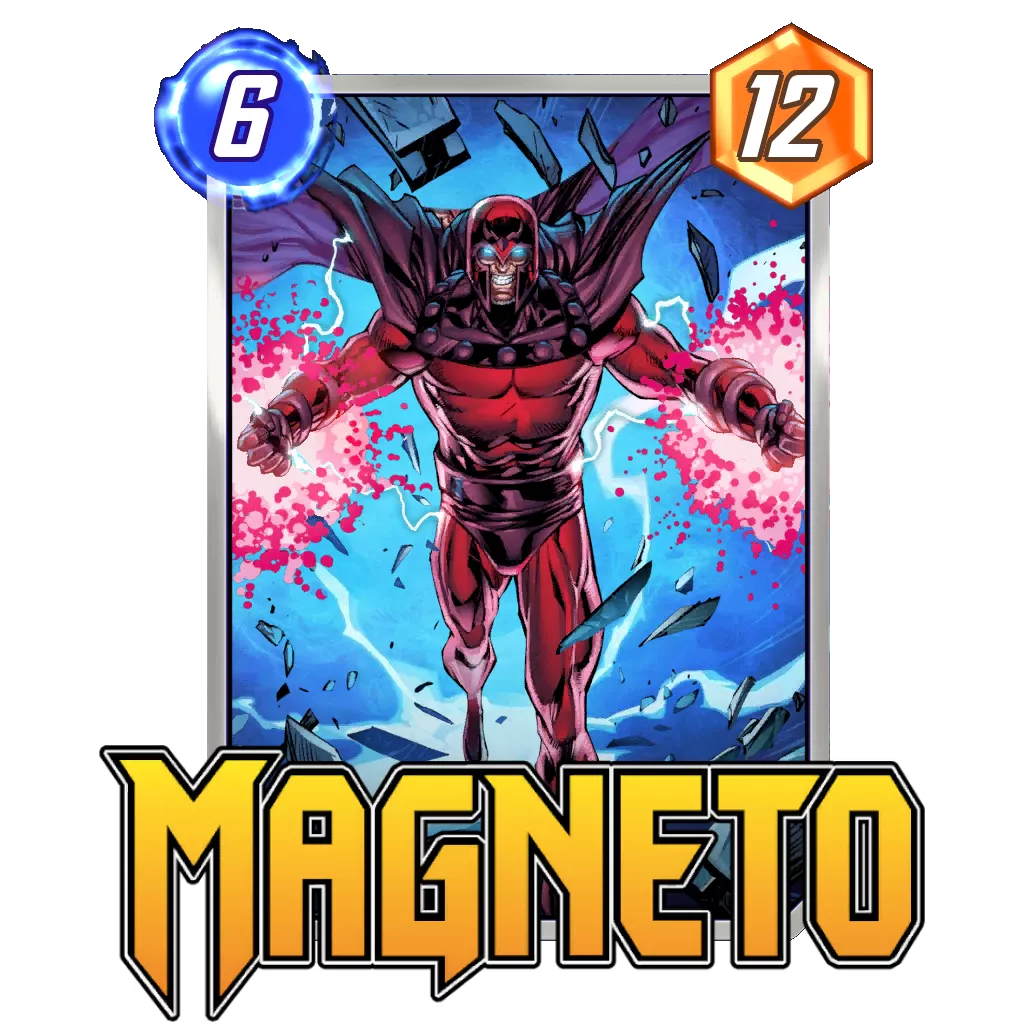












This means that we have a deck where several cards can serve as proactive tools, reactive tools, or both at the same time. No wonder the deck is regarded as incredible by a large chunk of those who gave it a shot! It’s won several tournaments already, in addition to posting the best results in the game on both the Ladder and Conquest.
Currently, Move is the best example of this, but there are several others. And they have been doing great for a very long time and have impacted Marvel Snap’s first year of existence. Killmonger in the Destroy synergy, Enchantress in Shuri Sauron, Spider-Ham in Lockjaw, and Korg and Rockslide in any deck with Darkhawk, all of these synergies have survived nerfs and dominated at various points in time. It’s no wonder Move is at the top of the game now that it gets to enjoy a similar treatment. Hell, Wave was nerfed for this precise reason; the card was way too strong when paired up with cards like She-Hulk and Death.
It doesn’t look like it is going to stop in the near future, either. Just look at the upcoming cards: Silver Samurai looks great for triggering Stature while annoying the opponent, Loki will give you a ton of information about your opponent’s deck, and Alioth appears to be a killing machine if you have priority going into the last turn. Lastly, Mobius M. Mobius really embodies that idea of helping yourself while annoying the opponent at the same time.
None of these cards have a particularly high power for their cost, nor do they have the ability to grow it. As such, it really is their abilities that give them all their substance and appeal. If one would consider these abilities to be very strong, maybe even game defining, then sure, you could call it power creep. However, it is extremely hard to say for sure if these cards are stronger than what already exists. Do they bring something different to the table? Yes. Open new avenues to build decks and explore original play patterns? Absolutely. But is a card that plays both sides necessarily stronger than one that only contributes to one side?






















Yes and no. The cards did not get much stronger, as the power attributed to them has been on par with what we have grown accustomed to in Marvel Snap. Sure, we are getting more [3/5] and [5/8] cards now when the same abilities would have had one less power in the past. But the range of power at each cost is still the same.
The available synergies, however, as well as the average card quality, has greatly improved as more cards have joined the game. Now, seeing a 2-Cost card contribute four, five, or even more power has become routine when a [2/3] was judged perfect in the past. I mean, Angela is routinely becoming a viable Shang-Chi target since Kitty Pryde joined the game.
Naturally, as the synergies are getting stronger, Second Dinner has had no choice but to give their counters some love as well – which is why many tech cards have received a buff since OTA balance patches were introduced. Sure, Move Legion might not put up as many points as Thanos Lockjaw or Shuri Zero did in their prime. But the deck will get 20 points on two lanes while preventing the opponent from playing as they wish by repositioning their cards, changing locations, and using Shang-Chi to get rid of a big threat.
I don’t know if this is necessarily stronger, and I would argue pre-nerf Zabu is probably still the best Marvel Snap card ever released. However, the game has evolved from decks that would confidently Snap you on Turn 1 because they had the perfect starting hand to cautious opponents who develop their strategy without committing too many resources in the same place or giving up important information. Opponents who are looking to make sure you can’t counter their play patterns before they raise the stakes.
Obviously, I do not have data on this, but I would be willing to bet the average game is now much longer than it used to be earlier this year. Indeed, disruptive cards push us to believe we can always derail the opponent’s plan, even when paired against an opponent with a higher points ceiling than ours.
Closing Words
Reliability has replaced potential, disruption is now just as strong as development, and flexibility is the name of the game. It probably means a little power creep had to happen in order to bring some cards up (and others down) so no deck can feel confident until they know that very annoying tech card isn’t going to ruin their day. Still, if it leads to a better game experience, who are we to complain?
In order to keep the game experience fresh, new cards have to be appealing and entice us to play with them in order to keep our interest in Marvel Snap. This is the curse of every card game with a bit of success, really. In order to make new cards appealing, you make them stronger than the ones you already have, so the player base has to get them to keep winning.
However, I would argue Marvel Snap is doing it a little better than other games. At least for now. It seems like the developers have figured out the power floor for a card to be considered playable at most costs. Unless an ability is game winning or worthy of building an entire deck around, we should rarely see cards with less power than their cost. In the case of Alioth being a [6/5], this speaks volumes of the balance team believing the card’s ability is enough to not need power to make it appealing. And yet, Loki is a [3/5], which appears to be the new standard for a 3-Cost card with an ability nowadays. Even at [4/5], Silver Samurai is considered to have sub par power for its cost. But if you factor in the synergy with Zabu and Stature, suddenly you understand why you can’t make it a [4/6]. However, we are seeing many more good cards release now compared to the start of 2023, which was pretty disappointing outside of Zabu.
I might be completely wrong about this, but it feels like Second Dinner is emphasizing great abilities recently, some which could dominate an entire game. This naturally leads to less power being associated with those cards, so one could argue Marvel Snap is power regressing in a way. I’d like to call it power shifting: the decks don’t necessarily feel stronger, but they can do different things, which gives them the same sense of domination we might have felt for other archetypes in the past.
On that note, this is the end of a long reflection about the direction of the game and why the current metagame is under the heel of a few great decks. I’d love to know everyone’s opinion on the matter. You can share yours in the comment section or find me on the Marvel Snap Zone community Discord and my Twitter page where I share decks and biased opinions about the game.
Good Game Everyone.

⭐ Premium
Enjoy our content? You can Support Marvel Snap Zone and your favorite content creators by subscribing to our Premium community! Get the most of your Marvel Snap experience with the following perks for paid membership:
- No ads: Browse the entire website ad-free, both display and video.
- Exclusive Content: Get instant access to all our Premium articles!
- Meta Reports: Exclusive daily meta reports, such as the Ultimate Card Metrics Report, Top 10 Decks of the Day, Top 30 Cards, and Top Card Pairs tailored for you!
- Team Coaching: Join our free weekly team coaching call sessions on the Discord server. Claim your Premium role and gain access to exclusive channels where you can learn and discuss in real time!
- Premium Dashboard: Get full instant access to the member-only dashboard, the all-in-one page for all your benefits.
- Support: All your contributions get directly reinvested into the website to increase your viewing experience! You get also get a Premium badge and border on your profile.
- Special offer: For a limited time, use coupon code SBYREX4RL1 to get 50% off the Annual plan!
























